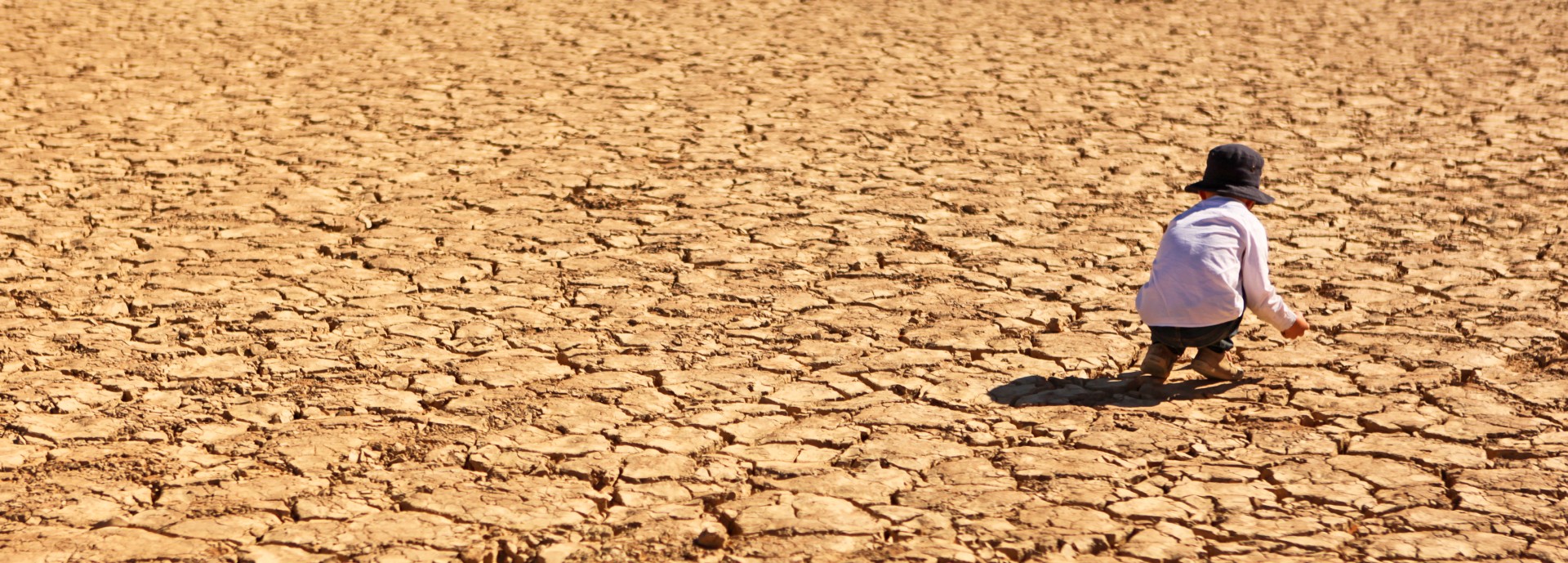Researchers working with UNICEF have created the Climate Change Vulnerability Index to assess the impact of climate change on children for the first time.
By gathering data on geophysical factors including temperature, location, flooding, drought and the duration of periods of extreme weather, and combining it with information on a young person’s socio-economic status, the new Index captures the degree to which children are uniquely vulnerable to climate-related hazards.
The project has been led by The Data for Children Collaborative with UNICEF and supported by the universities of Southampton, Edinburgh, Stirling, Highlands and Islands and the ONS-FCDO Data Science Hub and will be presented at the upcoming UN Climate Change Conference, ‘COP26’ in Glasgow, later this year.
The Vulnerability Index will provide UNICEF’s global teams with the valuable information they need to target their climate change response and resilience investments to best serve the most vulnerable children of today and tomorrow.
Lena Dominelli, Professor of Social Work at the University of Stirling, who is part of the research project, believes it is the first-time children’s experiences have been considered. She said: “This is a really exciting research project. Children’s voices are very rarely heard, and we found that previously only a handful of research projects have looked specifically at young people’s experiences of climate change.
“The Index recognises this gap - that children have different experiences of climate change compared to adults - and that factors like race, religion, gender, disability, age, culture and economic standing also have an impact on how climate change will impact them.
“The climate crisis is also a child’s rights crisis and we must understand where and how children are impacted so we can work to protect their futures.”
.png)
The project is spilt into two phases, assessing child climate risk in both 2020 and 2050. The first phase is developing the Child Climate Risk Index to provide a snapshot of the current risks of climate change to children today. The second phase involves using a variety of data variables, such as temperature, flood, disease prevalence and drought in combination with a child relevant vulnerability index that considers child health, food security and education to project ‘child climate risk’ scenarios forward to 2050. These projections will be a powerful advocacy tool, helping organisations across the globe better understand the scale and scope of children’s vulnerabilities to climate change, and by extension, how to tackle them.
Alex Hutchison, Director, Data for Children Collaborative with UNICEF, said: “We are delighted to showcase the services of the Data for Children Collaborative with UNICEF on such a valuable and important piece of work. Knowing that this tool will help UNICEF to highlight the plight of children across the globe, and at such a key juncture as COP26, drives the enthusiasm and rigour of this collaborative team.”
For more information about the project, please visit the Data for Children Collaborative with UNICEF website.

